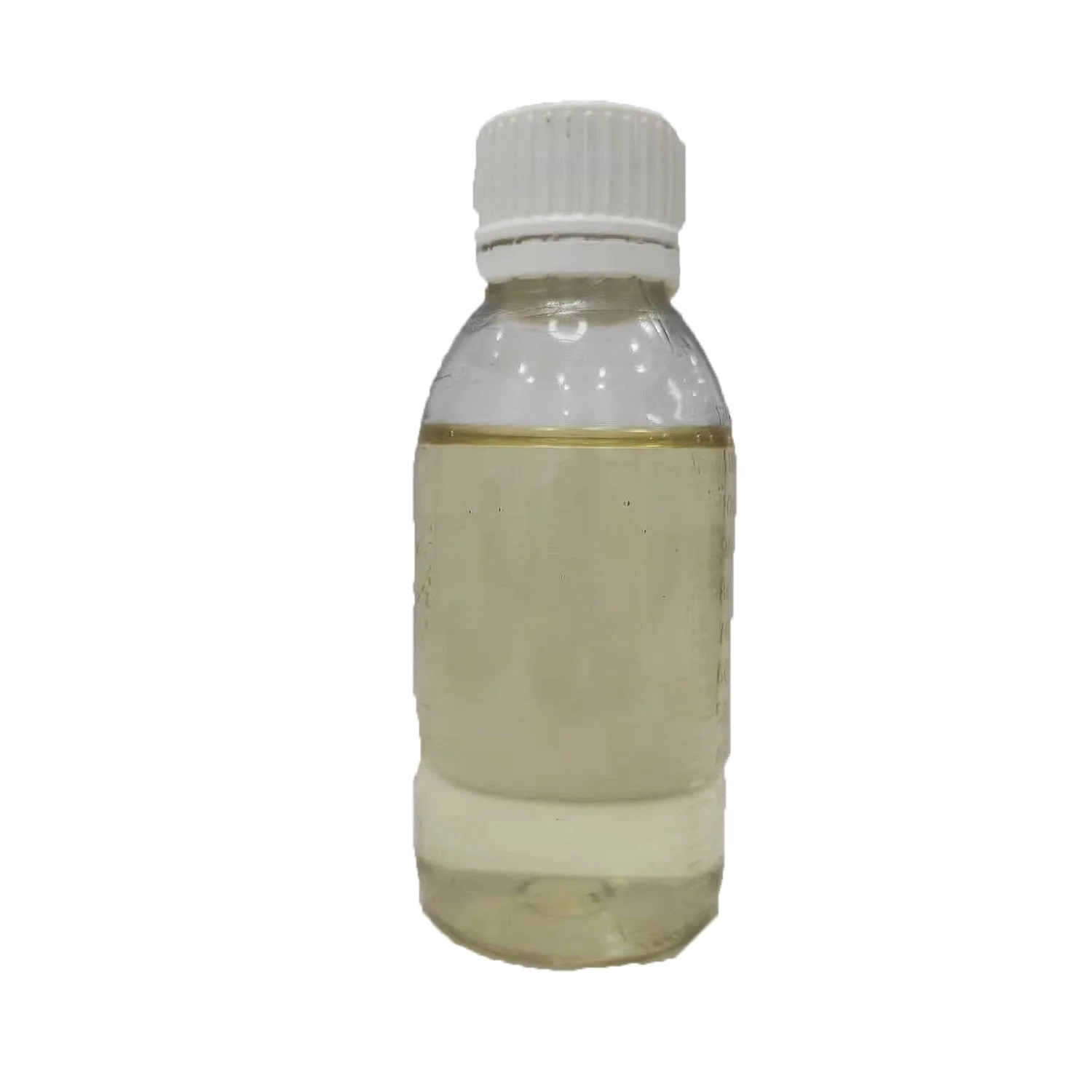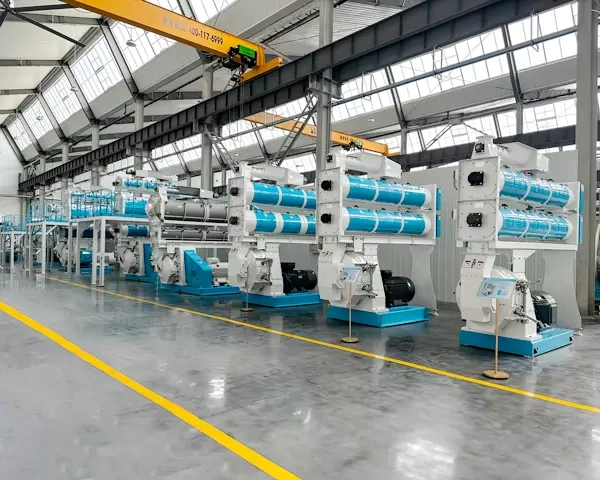With the continuous advancement of oil and gas drilling technology, shale inhibitors play an increasingly important role in drilling engineering. They are widely used to maintain wellbore stability, prevent reservoir damage, and optimize drilling fluid performance. This article will introduce the three main types of shale inhibitors in detail: inorganic inhibitors, organic inhibitors and polymer inhibitors, and explore their characteristics, mechanisms of action and applications.
1. Inorganic inhibitors:
1.1 Characteristics and mechanism of action:
Inorganic inhibitors mainly balance the negative charges on the surface of clay minerals by providing cations such as potassium ions, ammonium ions, etc. These cations can be adsorbed on the clay surface, reducing the adsorption capacity of water molecules, thereby inhibiting the hydration expansion of the clay.
1.2 Application:
Inorganic inhibitors are often used in shale formations that are less sensitive to water, or as adjuncts to other types of inhibitors. Due to their relatively low cost and effectiveness, they find a place in a variety of drilling fluid formulations.
However, inorganic inhibitors have a relatively short duration of action and are easily washed away by fluids in the formation, so they are not as persistent as organic and polymeric inhibitors.

2. Organic inhibitors:
2.1 Characteristics and mechanism of action:
Organic inhibitors are usually larger organic cations, such as quaternary ammonium salts. They bind to clay mineral surfaces by forming strong chemical bonds, such as hydrogen or ionic bonds. This binding method is stronger than the physical adsorption of inorganic inhibitors and therefore can prevent water intrusion more effectively.
2.2 Application:
Organic inhibitors are particularly suitable for complex formations with high temperature, pressure, or high water sensitivity. They are particularly common in deep-sea drilling and high-temperature wells due to their ability to remain stable under extreme conditions.
Compared with inorganic inhibitors, organic inhibitors have longer action time and better durability. They also provide additional lubrication properties to help reduce friction and torque during drilling.
3. Polymer inhibitors:
3.1 Characteristics and mechanism of action:
Polymer inhibitors include natural polymers such as starch, cellulose derivatives, and synthetic polymers such as polyacrylamide and polyanions. These high molecular weight substances can form a dense adsorption layer on the clay surface, isolating the contact between water molecules and clay.
3.2 Application:
Polymeric inhibitors are favored for their excellent hydration inhibition capabilities and low environmental impact. Particularly when drilling in environmentally sensitive areas, they can be used as preferred inhibitors.
With the improvement of environmental protection requirements and the development of technology, biodegradable and efficient polymer inhibitors are becoming a research focus. In addition, customized polymer designs provide more options for drilling in specific formation conditions.
The research and development of shale inhibitors is moving in a more efficient, environmentally friendly and targeted direction. Future shale inhibitors promise more precise control and higher performance. At the same time, customized shale inhibitor solutions will also become the focus of research and development for individual needs under different geological conditions.
Shale inhibitors are key additives to ensure drilling efficiency and safety. Inorganic inhibitors, organic inhibitors and polymer inhibitors each have their own unique advantages and applicable scenarios. Selecting a suitable shale inhibitor requires comprehensive consideration of formation characteristics, environmental requirements and economic benefits. With the advancement of science and technology and the improvement of environmental protection requirements, the research and development of shale inhibitors in the future will tend to be more efficient and environmentally friendly products, bringing new breakthroughs to geological exploration and drilling operations.
mia
dbwhb@scdbw.com


